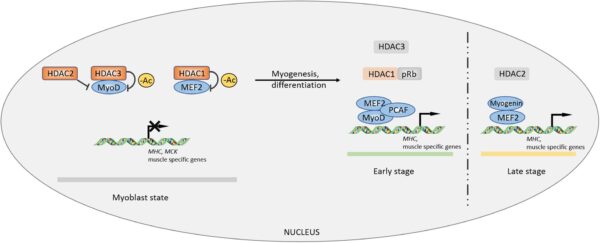Cataract and glaucoma are two prevalent eye diseases that significantly affect vision and have a profound impact on the quality of life for millions of people worldwide. These ocular conditions often require long-term management and treatment. The development of small molecule libraries specifically tailored for cataract and glaucoma offers promising avenues for therapeutic advancements. This article aims to shed light on the importance of the cataract and glaucoma small molecules library, highlighting their potential to revolutionize treatment options and improve outcomes for patients.
Understanding Cataract and Glaucoma:
Cataract is the clouding of the lens in the eye, leading to blurred vision, while glaucoma refers to a group of conditions characterized by progressive damage to the optic nerve, often resulting in vision loss. Both conditions can be caused by a combination of genetic and environmental factors. Cataract and glaucoma are prevalent in aging populations, making their effective management of utmost importance.
Importance of Small Molecules Libraries:
Small molecules libraries consist of diverse compounds that are carefully designed and synthesized to target specific disease pathways. For cataract and glaucoma, small molecules offer several advantages, including targeted delivery, potential for oral administration, and reduced systemic side effects. These libraries enable researchers to screen and identify lead compounds that exhibit desired therapeutic effects, laying the foundation for developing novel treatments.
Screening and Profiling:
The cataract and glaucoma small molecules library undergoes rigorous screening and profiling processes to identify potential drug candidates. High-throughput screening techniques allow scientists to assess millions of compounds for their ability to interact with specific molecular targets associated with cataract and glaucoma pathogenesis. These screenings are complemented by in vitro and in vivo studies to evaluate drug efficacy, toxicity, and pharmacokinetics.
Targeting Disease Pathways:
The small molecules library provides opportunities to target key pathways involved in cataract and glaucoma progression. For cataract, molecules targeting lens proteins aggregation and oxidative stress pathways are of particular interest. In glaucoma, compounds that modulate intraocular pressure, protect retinal ganglion cells, and reduce neuroinflammation show promise. By selectively targeting these specific pathways, novel therapeutic interventions may slow disease progression or even prevent vision loss.
Emerging Trends and Challenges:
Advancements in technology, computational methods, and structural biology have facilitated the design and optimization of small molecules libraries. Researchers can now leverage these tools to identify and optimize lead compounds with increased specificity, potency, and reduced off-target effects. However, challenges such as limited understanding of disease mechanisms and the complex nature of ocular tissues pose obstacles in the development of effective treatments. Therefore, multidisciplinary collaborations and synergistic efforts across the scientific community are essential to overcome these challenges and drive progress.
Conclusion:
The cataract and glaucoma small molecules library represents a promising field dedicated to addressing two major ocular disorders that impact millions of individuals worldwide. Through careful design, screening, and optimization of compounds, scientists aim to develop targeted therapies that mitigate disease progression, enhance patient outcomes, and potentially restore vision. Continued research and innovation in the field of small molecule libraries show great potential for breakthrough treatments in the management of cataract and glaucoma.


